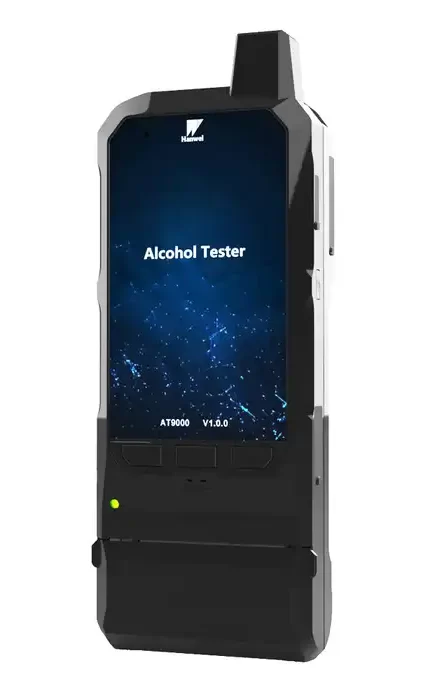Breathalyzers, blood tests, and saliva tests are three common methods used to measure blood alcohol concentration (BAC) and determine if an individual is under the influence of alcohol. Each method has its advantages and limitations. Here’s a brief comparison:
| Pros | Cons | |
| Breathalyzer |
Quick and non-invasive.
|
Results can be affected by various factors like mouth alcohol, recent consumption of certain substances, and medical conditions.
|
| Blood Test |
Generally more accurate than breath tests.
|
Invasive, requiring a blood sample.
|
| Saliva Test |
Non-invasive and easy to administer.
|
Detection window is shorter compared to blood tests.
|
The choice of testing method depends on the specific requirements of the situation. Law enforcement often uses breathalyzers for roadside testing due to their speed and convenience. Blood tests are more accurate and may be used in legal proceedings or when precise BAC levels are necessary. Saliva tests strike a balance between the two, offering a non-invasive option with quicker results compared to blood tests.
It’s important to note that the accuracy of any alcohol testing method can be influenced by various factors, and results should be interpreted with consideration of the specific circumstances and the limitations of each method.


Please contact us for free quotation by form below. We promise the quickest response within 24 hours: